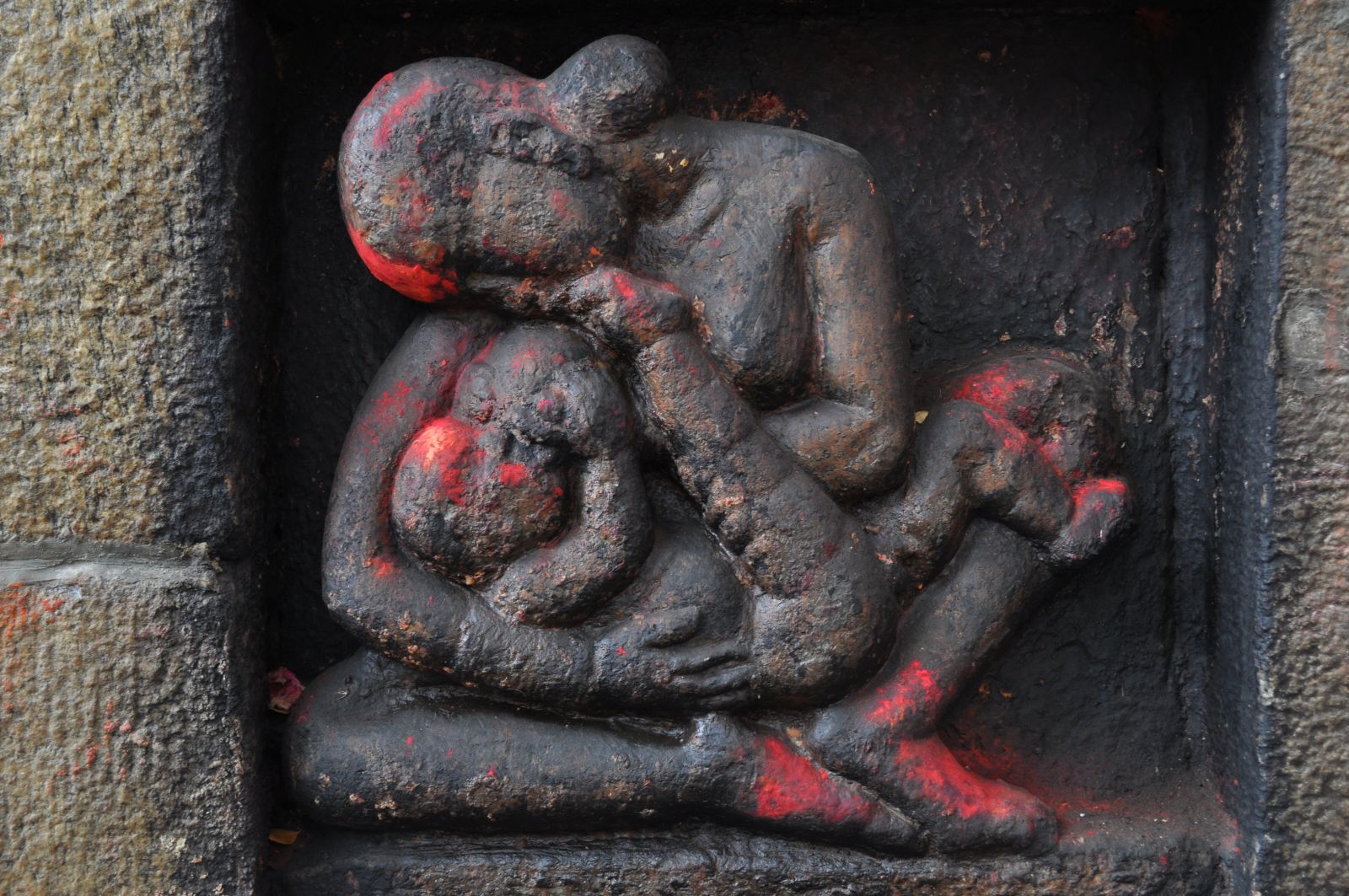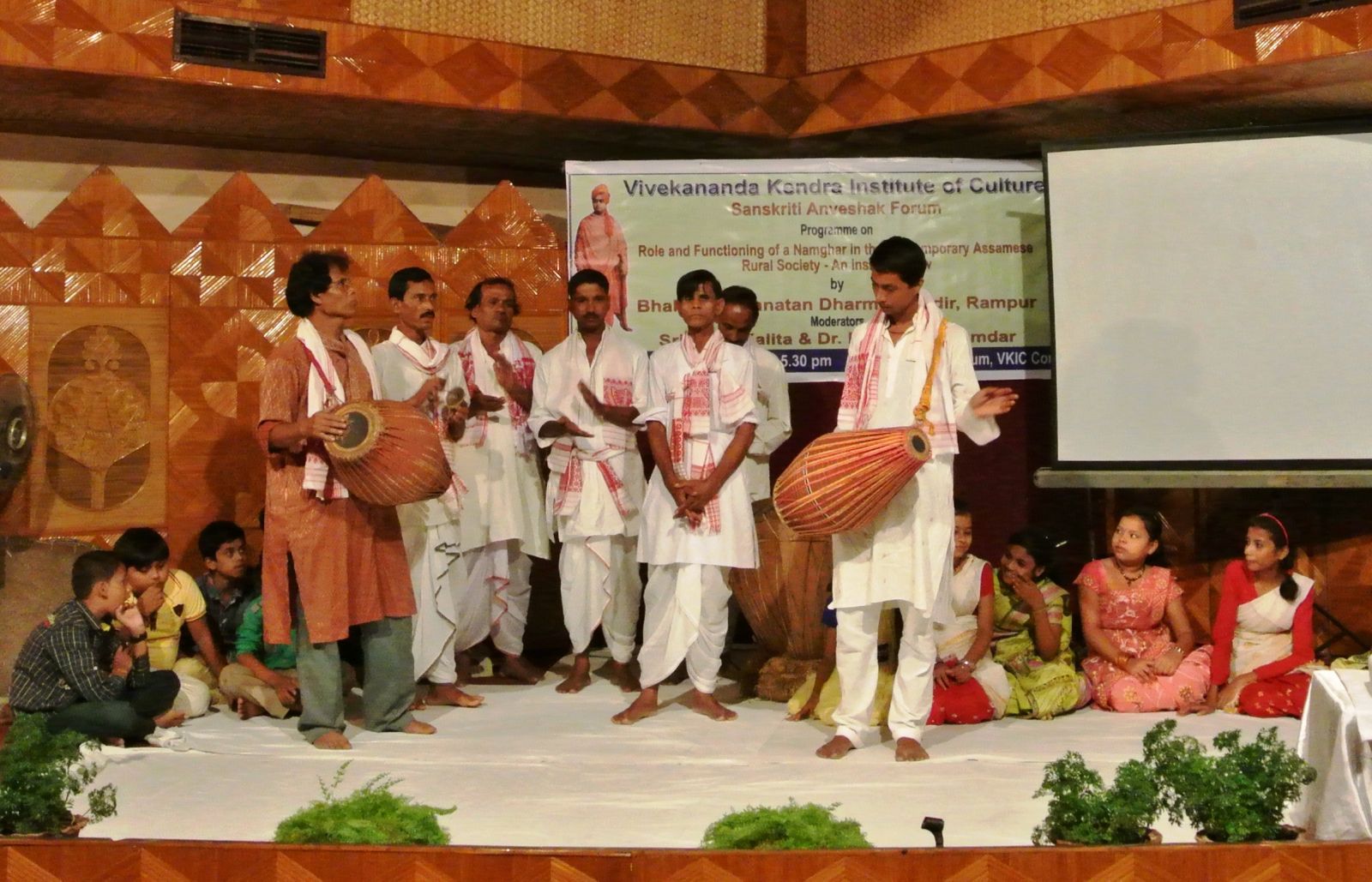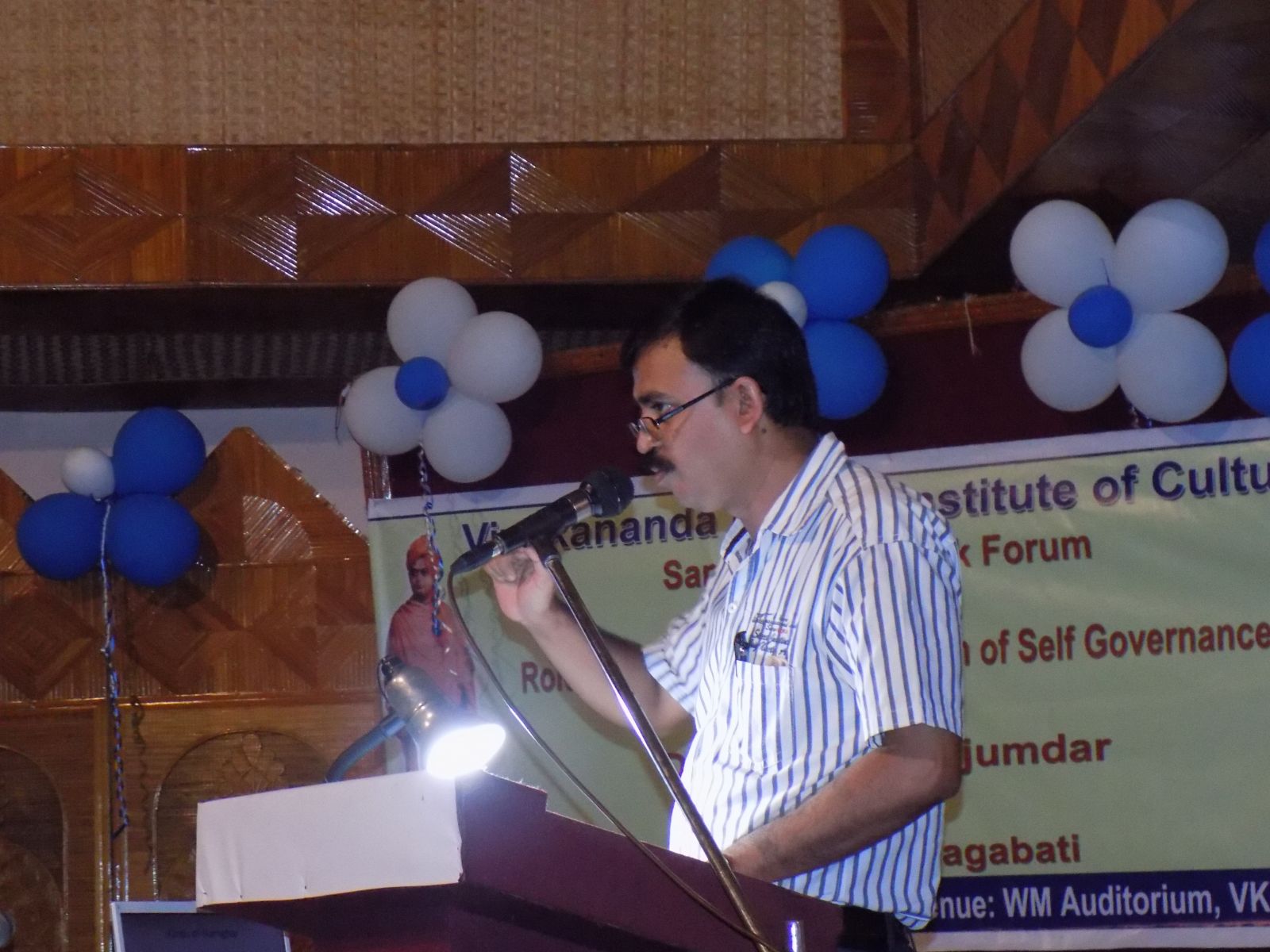Singpho Marriage System
On the Singpho Community
On the Singpho Community
1. Initiation of the process through a societal and communal approval
2. In the Tai-Phake community, legal marriages are conducted socially and with the community’s approval. It is, in fact a social custom—an ancient tradition, that has been in continuance untouched over time.
A society is a system of interlocking groups more or less of institutionalized pattern. Marriage, family, religion, economy and polity are the five basic institutions in the system of interlocking the groups. The institutionalized form of sex relationship is called marriage.
Birth, marriage and death are the three pillars of human life and existence. Of these, marriage is a social convention. In the Indian context, marriage has a religious and cultural background associated with it. The Hindus of Assam too have, since ancient times, regarded marriage as an essential responsibility. Therefore it has a distinct tradition of its own and a gamut of customs and rites are intertwined with the ceremony of marriage.
The micro data of different communities of India –its castes and tribes – if put together and viewed in macro frame-work often leads us to the threads of unity. The apparent diversity, the cultural plurality gives way to commonality of cultural elements, our cultural continuum. Our approach brings a lot of difference – the approach whether we want to emphasize the diversity or intend to search the basic materials of culture, the permutation and combination of which make the difference.
Rabhas are one of the largest communities of northeast India and spread throughout Assam, Meghalaya and West Bengal and also some parts of Bangladesh. Claimed themselves as origin from Tibeto-Burman linguistics stocks, the Rabhas inherited one of the richest socio-cultural trends. They are sub-divided into Rongdani, Pati, Maitori, Bilotia, Hana, Chunga, Totla, Dahori etc.

 Vibrant facets of a historic temple-cum-Namghar came alive in a stage performance on August 30. The devotees of Santan Dharma Mandir, Rampur presented several devotional songs and dances to an audience enabling them to get acquainted with a less known but significant cultural heritage of Assam.
Vibrant facets of a historic temple-cum-Namghar came alive in a stage performance on August 30. The devotees of Santan Dharma Mandir, Rampur presented several devotional songs and dances to an audience enabling them to get acquainted with a less known but significant cultural heritage of Assam.

.jpg) Dr Sarat Kumar Phukan, who has carried out research on the life and times of Srimanta Sankardeva, shared his knowledge about the prevailing physical and cultural conditions in which the Vaishnavite saint performed his pilgrimages across a vast area of India.
Dr Sarat Kumar Phukan, who has carried out research on the life and times of Srimanta Sankardeva, shared his knowledge about the prevailing physical and cultural conditions in which the Vaishnavite saint performed his pilgrimages across a vast area of India.